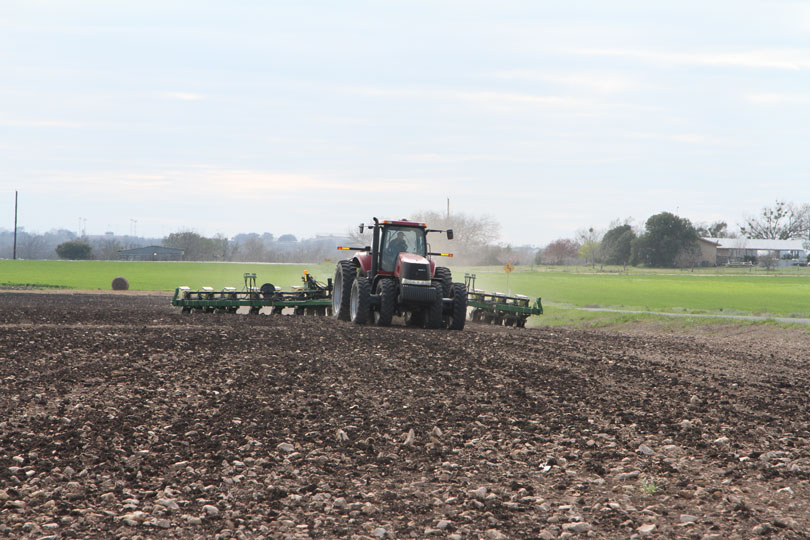The cost of growing crops could outpace revenue for many farmers in 2022, making it more difficult to break even despite rising commodity prices and increased demand both domestically and globally.
The American Farm Bureau Federation (AFBF) published a report that shows farm production costs are likely to increase 6% in 2022, which follows a 12% increase in 2021. This continues a trend stretching back several years.
Since 2013, farmers have seen almost all production expenses increase, AFBF noted. For example, livestock and poultry expenses have gone up 46%, and marketing, storage and transportation costs have increased 59%.
Farmers are seeing a number of production cost increases, including rising fertilizer, seed and chemical prices, which now make up to 17.5% of on-farm expenditures.
Fuel and energy prices continue to increase, and the situation is made worse by uncertainty due to the Russia-Ukraine conflict.
Increased costs of labor, both on-farm and for agribusinesses serving farms, is also a challenge.
AFBF noted farmers and ranchers are still feeling the impacts of the COVID-19 disruption of labor markets and production.
“The rising prices for fuel, fertilizer and other supplies create an unwelcome counterforce to higher commodity prices,” AFBF President Zippy Duvall said. “Higher prices for crops are getting a lot of attention right now and, of course, help farmers balance the books, but when expenses are rising just as quickly or even outpacing revenue, the financial gains evaporate.”
AFBF and Texas Farm Bureau (TFB) are working to ensure the administration and Congress understand the severity and potential implications of increased production costs and the limited availability of some supplies.
“Farmers and ranchers have always had to carefully manage input costs, but the COVID-19 pandemic and now the conflict between Russia and Ukraine have ushered in even more uncertainty and higher costs for inputs,” TFB National Legislative Director Laramie Adams said. “We are in constant communication with elected officials and federal agencies to inform them on how these issues affect farmers, ranchers and rural communities in the Lone Star State.”
The invasion and subsequent sanctions against Russia could further complicate U.S. fertilizer supplies and prices.
Crop protection chemicals and land values have also increased, tightening what could have been above breakeven profit margins.
And ongoing transportation issues are fueling concern and uncertainty, AFBF economists noted.
No part of the transportation sector has been spared supply-chain disruptions, with higher rates and shipping delays often hitting farmers and ranchers particularly hard.
A continuing shortage of truck drivers has driven freight rates back above their pre-pandemic highs. Rail rates for bulk farm commodities have been, in part, driven up by limited rail terminal capacity.
“Uncertainty fuels volatility, and that’s certainly what we are looking at right now for this crop year,” Adams said. “Then, you add in the drought conditions, wildfires and severe weather that comes with the spring, and farmers are rolling the dice with more odds this growing season.”
The net market return for commodities across the board may exceed that of 2021, but without the pandemic-linked government payments of the last two years, net farm income will likely be down in 2022, according to AFBF.
For more reports and the latest AFBF economic analyses, visit fb.org/market-intel.

